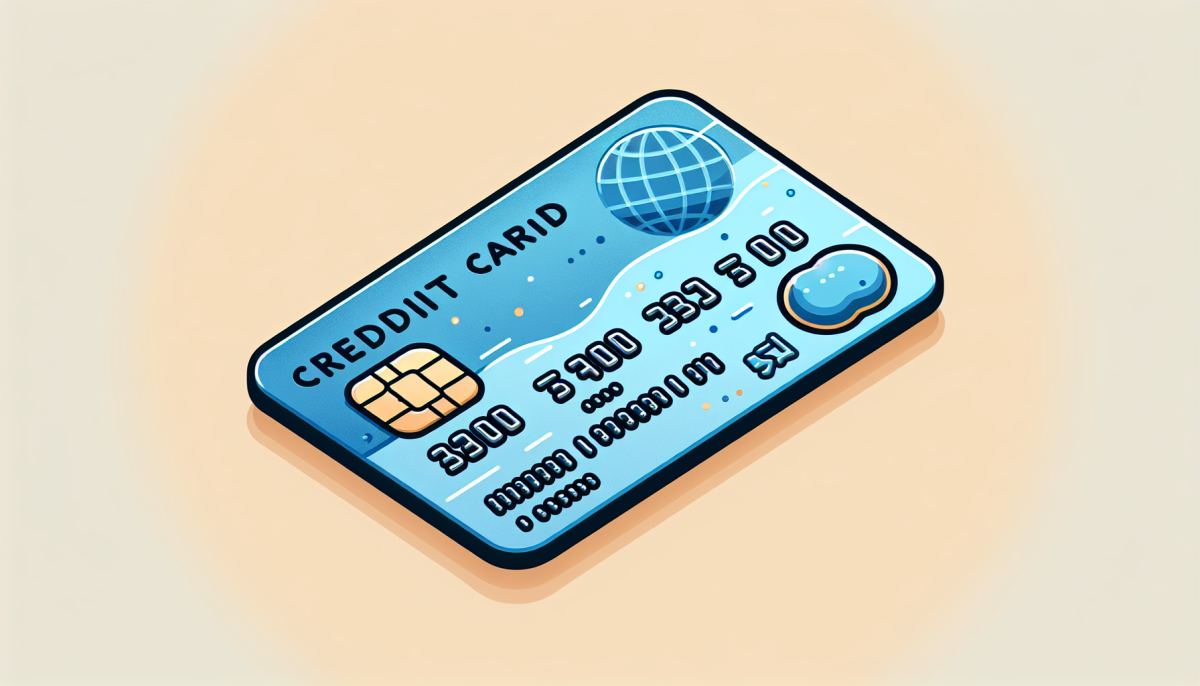Understanding how credit card APRs work is essential for managing your finances effectively. APR, or Annual Percentage Rate, is the interest rate charged on any outstanding balance on your credit card. Different credit cards may have different types of APRs, and it’s important to understand how they can impact your overall financial situation. In this article, we will break down common APR types and help you decode what they mean for you and your wallet.
Understanding Credit Card APRs
Credit card APRs are essentially the cost of borrowing money from your credit card issuer. This is the interest rate that is applied to any outstanding balance on your credit card if you carry over a balance from month to month. It’s important to note that APRs can vary depending on the type of transaction – purchases, balance transfers, and cash advances may all have different APRs associated with them. Understanding the APR on your credit card is crucial, as it can have a significant impact on the amount of money you end up paying in interest charges over time.
When it comes to credit card APRs, it’s important to know that there are two main types – fixed and variable. Fixed APRs remain the same over time, providing a consistent interest rate on your outstanding balance. Variable APRs, on the other hand, can fluctuate based on market conditions or other factors. This means that your interest rate may go up or down over time, making it more difficult to predict exactly how much you will end up paying in interest charges. It’s important to keep an eye on your credit card statements and any notices from your credit card issuer to stay informed about any changes to your APR.
Breaking Down Common APR Types
There are several common types of APRs that you may come across when using a credit card. The most common type is the Purchase APR, which is the interest rate applied to any purchases made on your credit card. This is the rate that will be charged on any outstanding balance if you don’t pay off the full amount by the due date. Balance Transfer APR is another common type, which is the interest rate applied to any balance transferred from one credit card to another. This rate may be different from the Purchase APR, so it’s important to understand the terms and conditions of any balance transfer offer before making a decision.
Cash Advance APR is another type of APR that you may encounter, which is the interest rate applied to any cash advances taken from your credit card. Cash advances typically have higher APRs than purchases or balance transfers, so it’s important to avoid using this feature unless absolutely necessary. Penalty APR is a type of APR that may be applied if you miss a payment or exceed your credit limit. This rate is typically much higher than the standard APR, so it’s important to make your payments on time and stay within your credit limit to avoid incurring this additional cost.
Overall, understanding credit card APRs and the different types that may apply to your account is essential for effectively managing your finances. By knowing how APRs work and how they can impact your overall financial situation, you can make more informed decisions about how and when to use your credit card. Be sure to read the fine print on your credit card agreement and stay informed about any changes to your APRs to avoid any surprises on your monthly statements. By staying informed and proactive, you can take control of your finances and avoid paying more in interest charges than necessary.
Decoding common credit card APRs may seem like a daunting task, but with a little bit of knowledge and understanding, you can navigate the world of credit card finance with confidence. By understanding the different types of APRs that may apply to your credit card account and how they can impact your overall financial situation, you can make more informed decisions about how to use your credit card wisely. Remember to stay informed, read the fine print on your credit card agreement, and make your payments on time to avoid incurring unnecessary costs. With the right knowledge and a proactive approach, you can take control of your finances and make the most of your credit card benefits.
